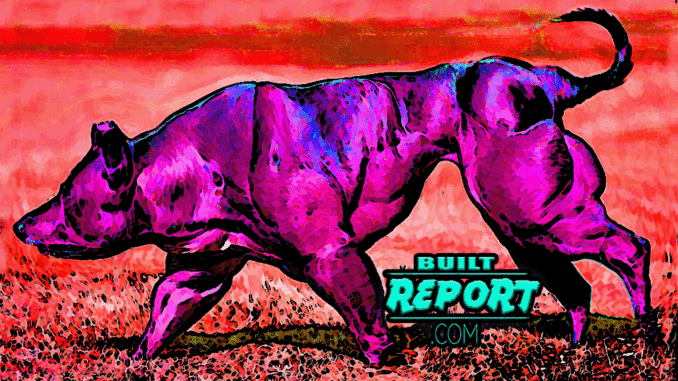
Jurassic Gorilla https://jurassicgorilla.com

Dogs with inhibited Myostatin Gene
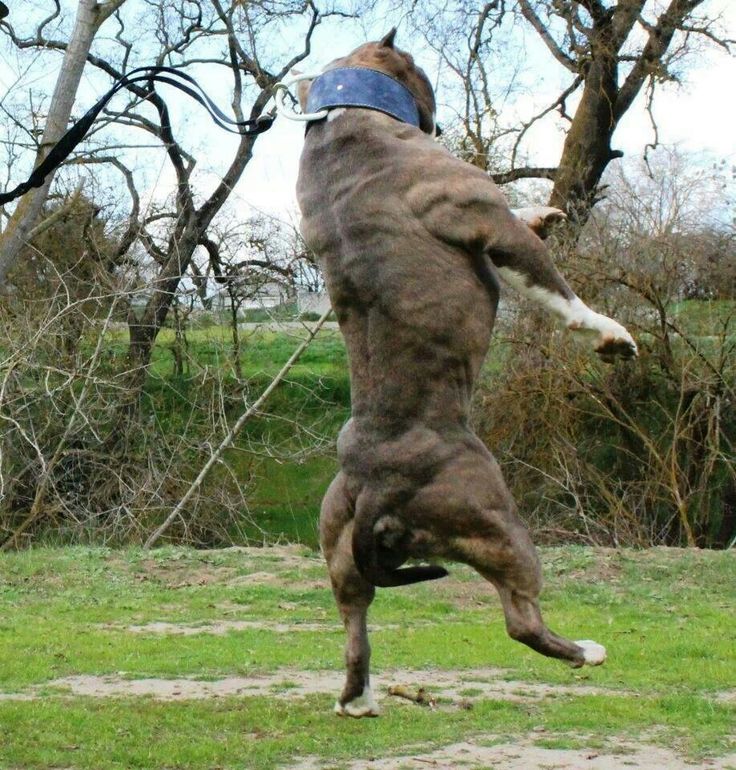
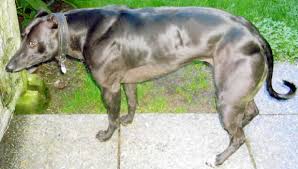
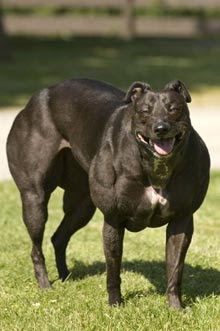



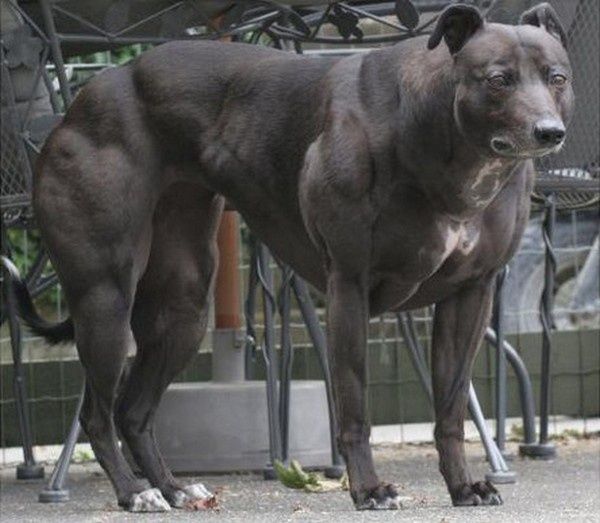

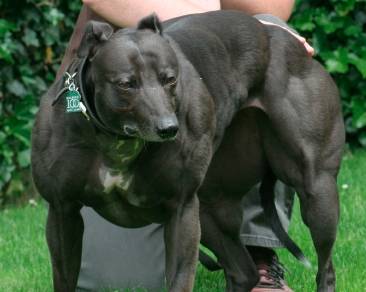
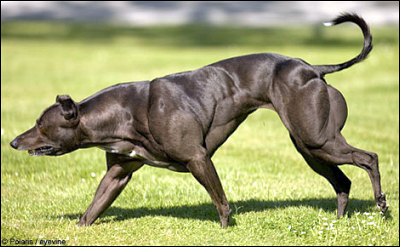
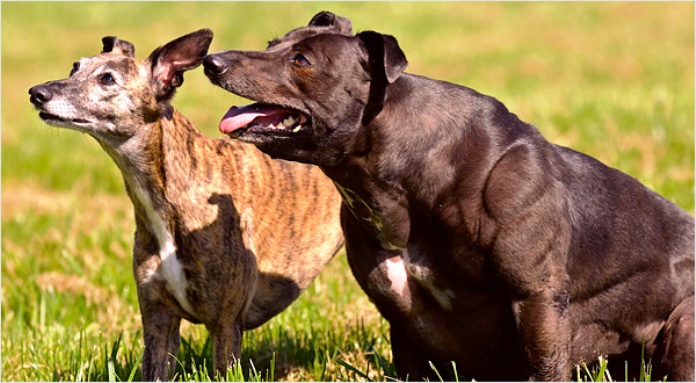
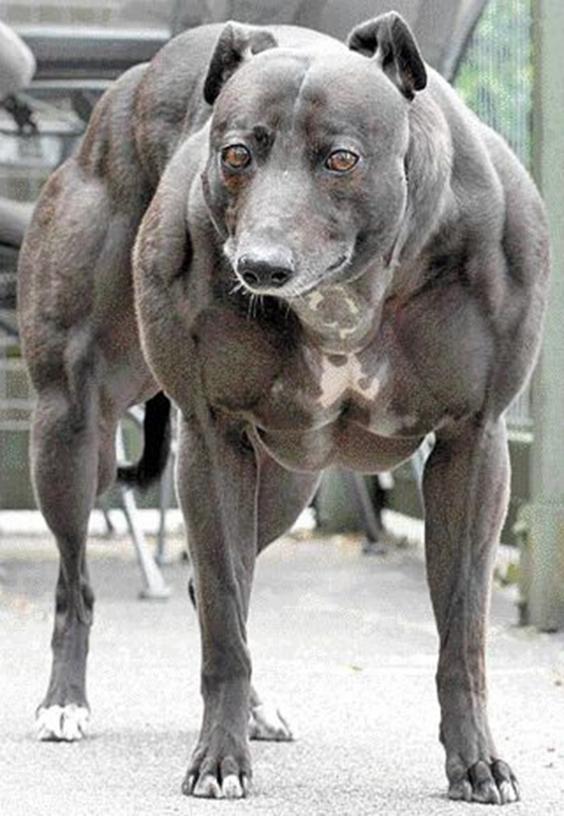
Muscular Whippets
In the world of genetics, there exists a fascinating twist in the tale of whippets, the sleek and graceful canines known for their remarkable speed. These dogs, much like other creatures, bear the imprint of myostatin mutations, altering their very physiology.
Among whippets, a unique mutation affecting myostatin unfolds with the deletion of two base pairs. This genetic alteration leads to the creation of a truncated myostatin protein, one that is likely inactive. It is a genetic quirk that sets the stage for an unusual metamorphosis.
The impact of this mutation paints a distinctive picture. Animals with a homozygous deletion, possessing two copies of this altered gene, exhibit a striking transformation in their physical appearance. Their bodies take on an atypical form, characterized by a broader head, a pronounced overbite, shorter legs, and thicker tails. This curious breed is affectionately dubbed “bully whippets” within the breeding community, a name that encapsulates their unique physiques.
Surprisingly, the altered genetic makeup results in a marked increase in muscle mass, rendering these “bully whippets” significantly more muscular than their counterparts. However, there is a trade-off for this enhanced musculature. The formidable strength they possess comes at a cost to their agility and speed. These burly whippets, despite their impressive physical prowess, are less capable runners than their more slender peers.
Yet, the genetic journey of whippets unfolds in a multidimensional tapestry. In a paradoxical turn of events, whippets carrying a heterozygous mutation, a single copy of the altered gene, find themselves overrepresented in the upper echelons of racing classes. These whippets, bearing a genetic blend that encompasses both the altered and unaltered genes, harness the best of both worlds. Their genetic duality appears to provide them with the ideal combination of speed and strength, allowing them to outshine their peers in the fiercely competitive realm of racing.
The story of myostatin mutations in whippets reveals the intricate dance of genetics, where a single genetic alteration can usher in a myriad of transformations, shaping the destinies of these swift and graceful creatures in ways both unexpected and remarkable.
Muscular Beagles
In the distant realms of China, where scientific curiosity dances with ethical shadows, a tale unfolds. Here, scientists proclaim a breakthrough, a feat heretofore unseen. They wield the tool of gene editing, crafting bespoke canines, sculpting their very essence.
With a deft stroke of their genetic quill, they birthed a beagle, a humble creature of loyalty, yet now graced with double the muscular might. Myostatin, the gene’s name, stripped away, and before them stood a canine Atlas, bearing the weight of doubled sinew. The beagle’s form now held more muscle, a vessel of power and strength. A creature bred for the chase, for the law’s defense, for the service of arms, as the researcher Liangxue Lai intoned.
The scientists’ revelation graced the Journal of Molecular Cell Biology, a proclamation of their audacious intent. With unfettered ambition, they march forward, scripting the destiny of dogs. In their grand design, genes will mimic the ills that plague our kind – the specters of Parkinson’s and the ravages of muscular dystrophy. These dogs, creations of science, mirror our afflictions, becoming living avatars for the pursuit of medical enlightenment.
In the words of Lai, the aim lies not in breeding these brawny beagles for companionship; they are not meant to frolic by our hearths. Others may take up this mantle, commercially engineering gene-altered dogs. The potential is limitless – a tweak here for size, a nudge there for intellect, a benevolent edit to banish the specter of hereditary diseases.
Yet, as Lai’s revelation unfolds, a different narrative whispers in the undertones of this epoch. Across the expanse of China, another institute emerges, BGI, declaring the sale of miniature pigs, the work of gene editing. These porcine curiosities, sold as novelty pets, beckon forth a future where science molds our companions according to our whims.
The saga finds its resting place in the Guangzhou General Pharmaceutical Research Institute, its storied halls echoing with the gallop of a beagle army. Over two thousand of them, bred annually, bear witness to the boundaries humanity pushes in the name of science. Beagles, be it in the East or the West, find themselves conscripts in the noble pursuit of knowledge.
This tale of canine alteration blurs the line between aspiration and hubris. As humans stand on the precipice of shaping life itself, we must pause to ponder the moral echoes that reverberate through this brave new world. In these hallowed halls of science, ethics, and ambition entwine, just as they did in the great tomes of Dostoevsky’s exploration of the human soul.
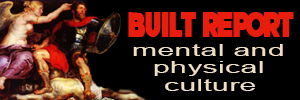

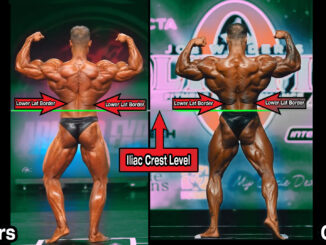

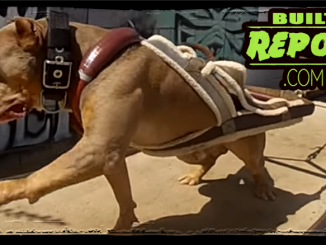
Be the first to comment